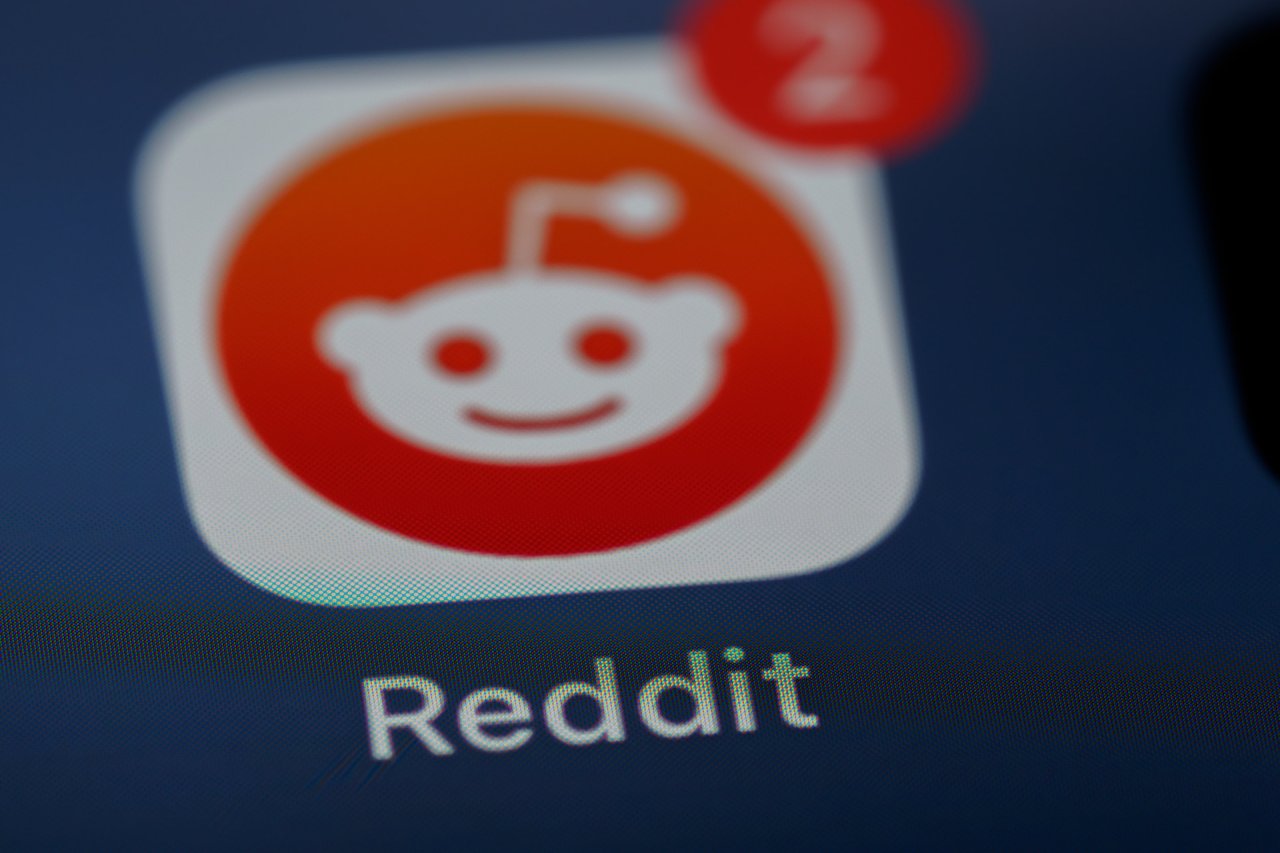The app store for Android systems — officially called the Google Play Store — is a frequent destination for people looking for applications that let them do everything from learn a language to check the weather forecast. As of June 2020, there were an astounding 3.04 million apps listed in it.
However, people don’t always realize that using those apps will not necessarily result in trouble-free experiences. For example, cybercriminals embed malware in seemingly legitimate apps. In other cases, companies start charging customers for app features they thought were free. Here are some practical tips for ensuring your interactions with the app store for Android are as expected.
1. Enable Google Play Protect
Many of today’s email platforms have built-in scanners that check attachments for viruses. Google provides something similar to screen for malware in its apps. It’s called Google Play Protect and is reportedly the world’s most widely deployed threat detection service for mobile devices.
Google also scans billions of apps per day to ensure they perform as intended and do not introduce risk. The company created several categories of potentially harmful apps and offers guidance for flagging them for further investigation.
One proactive step for individuals to take with their devices is to turn on the Google Play Protect feature. Go to the Google Play app on your device. Then, tap the menu button on the top left. From there, choose Play Protect. Tap the settings cog in the top right of the next screen. Finally, slide the toggle switch to enable the Scan Apps With Play Protect feature.
Once you’ve activated it, you can access the Play Protect section of your Play Store menu at any time and start an immediate scan of installed apps. This screen also shows you when the most recent check happened. Google automatically performs them in the cloud, even without your intervention.
Using Google Play Protect on your device brings several advantages that could keep you safer when using the app store for Android. For example, it will scan all new apps before installing them. You’ll also get alerts if Google considers an application on your device unsafe.
2. Download Directly From the App Store for Android
Most people have heard about dangerous apps that introduce malware to systems. However, they don’t always understand the various possibilities that could make someone’s device exposed to malware. An academic paper recently sought to shed light on that aspect.
The researchers looked at 12 different methods of getting apps, including downloading them from the app store for Android. They found that Google Play Store apps accounted for 67% of installations associated with malware and other unwanted aspects, such as adware. However, the researchers also examined another metric called vector detection ratio (VDR). It’s the ratio of harmful apps from a source to all apps available there.
The team found that the VDR for the Play Store was only 0.6% — lower than all other large app distributors. They concluded that the marketplace’s built-in protections described in the earlier section do work. The issue is that the massive number of titles in the app store for Android increases the likelihood of someone possibly coming across a dangerous one.
In comparison, browser-based apps had a VDR of 3.8% — one of the highest on the list. The good news is that people rarely get their apps from downloads. The study’s statistics indicated that method accounted for less than 0.1% of all installed apps.
If you download apps directly from your browser, it’s smart to change your ways and get them straight from the Google Play Store. Many app providers link to it on their download pages, making it easier for you to find the content there.
3. Stay Abreast of Cybersecurity Research About Android Apps
Even though the app store for Android includes a process for detecting and removing dangerous content, some of it still slips through the cracks. With that in mind, consider taking the time to regularly read the conclusions of cybersecurity professionals who engage in independent research about app hazards.
For example, researchers recently determined that an app called GO SMS Pro publicly exposed the content of media transfers between users. This identified flaw left private video and voice messages, plus photographs accessible to unauthorized viewers. The company behind this revelation confirmed that more than 100 people had downloaded it by the time the problem came to light.
They found that if a GO SMS Pro user sent content to someone who did not have the app installed, that person would receive the material as a text message link. The recipient could then click it to see the content in a mobile browser. They did not need to enter a password after accessing it, which meant anyone could freely see what the URL contained.
This example shows that some potentially harmful titles in the app store for Android are not necessarily those purposefully containing malware. Some include poor design choices that put privacy at risk. However, if you devote time to staying on top of cybersecurity developments concerning apps, you’ll naturally learn about malicious content, too.
Read Users’ Perspectives Before Downloading Apps
Some titles displayed within the app store for Android are not dangerous, but they are not clear enough when discussing applicable charges. You’ve probably downloaded an app advertised as free and later realized that it wasn’t much use unless you also opted to buy several premium features.
The Google Play Store has a reviews section for every app where users can give their feedback. Looking at that part of an app description could give an idea of your likely user experience.
In May 2020, issues emerged with Centr, a fitness and well-being app available to use as both a web-based and device-installed app. Many people took advantage of what seemed like a great offer of a six-week free trial that let people cancel at any time.
However, many users ran into problems when they tried to stop their subscriptions before the trial period expired. Some complained that they still got charged a $99 fee, despite canceling during the free timeframe. Others said that the process for ending a subscription was prohibitively complicated, and that the ways to do it varied depending on how they used or signed up for the service.
Frustrated consumers took to social media to voice their disgust at what they viewed as deceptive practices. Many also wrote reviews in the app stores for Android and Apple. Some said the company only took their issues seriously when they aired grievances in those public forums.
Cut Your Risks in the App Store for Android
Applications are undoubtedly convenient, but some are not all that they seem. These tips will help you avoid unpleasant outcomes when downloading from the app store for Android, plus become a more-aware internet user.
Recent Stories
Follow Us On
Get the latest tech stories and news in seconds!
Sign up for our newsletter below to receive updates about technology trends




